Asset Twin Marketplace Drives Next-Generation APM
From a bird’s-eye view, asset performance management solutions (also known as APM solutions) came about because companies needed to improve the reliability and availability of physical assets while minimizing risk and operating costs.
The History of APM
Historically APM solutions have been large, enterprise-scale deployments that took months and, in some cases, years to implement. Teams of valuable IT, Operations and Manufacturing resources had to dedicate time and energy to work with the respective vendor to make the undertaking a success. Because of its complexity, these solutions only fit more extensive enterprise operations that had the resources to manage and maintain the project on an ongoing basis.
But today, the circumstances are different.
Technology has continued advancing rapidly, the workforce demographics are changing, and the COVID pandemic has introduced unforeseen challenges. Examples of these difficulties are supply chain hiccups, the requirement of supporting a remote workforce, and the global economic downturn. Executives now understand that they need to digitize their industrial processes to compete.
The APM Market
Evidence of the willingness to invest in APM is clear. In a recent report, Verdantix forecasted that the market for APM solutions would reach $4.4 Billion in 2025. At the same time, Markets and Markets predict this market to grow as high as $6.7 Billion in the same timeframe.
But how will they choose the solution that is right for them? It is no secret that APM solutions have shown themselves challenging to use and limited in the scalability and integration with existing technology.
Enter the digital twin concept.
Next-Generation APM
This next-generation approach to APM must allow non-IT staff to implement and manage. Also, it must enable domain experts to manage asset strategies in a simple business process directly. That means it needs to be easy and intuitive to use without scrimping on the functionality or scalability. Further, it needs to support mobile workers without creating security gaps. More importantly, it should be flexible and platform-oriented to lend itself to a “marketplace” strategy (aka Amazon). Other technology vendors can contribute to libraries. Asset operators can leverage their engineering expertise. And service providers to leverage their deep knowledge and proven best practices.
The result? The best minds and seasoned experts have a platform to deliver their expertise to those that need it most. And more companies will be able to improve their overall asset reliability and availability. See what Verdantix thinks in this article.



